Rear I/O
The rear I/O is identical to the P5K Deluxe. It continues the flurry into the future with two extra USB ports replacing the mouse PS2 port under the PS2 keyboard port.In total there are six USB 2.0 ports, with the other four topped by RJ45 sockets. The left one is controlled by the PCI-Express Marvell chipset and the right one is controlled by the PCI Realtek chipset. Between them there are both eSATA ports and a six-pin Firewire socket in red.
Both coaxial and optical S/PDIF out are included on the rear I/O, with an extra pin-out included on the motherboard if need be. Analogue sound is available through six 3.5mm coloured audio jacks for 7.1 surround sound with additional microphone and line-in support.
Finally on the far end is the wireless LAN coaxial connector for the aerial.

BIOS
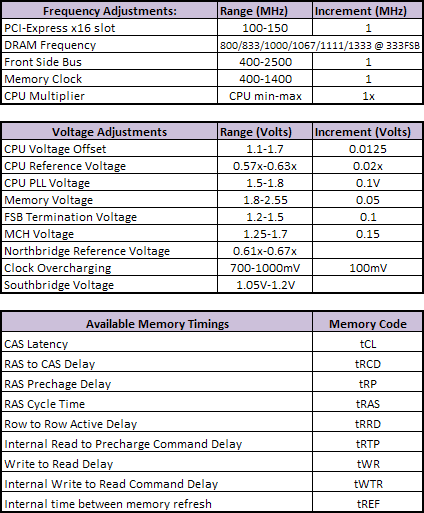
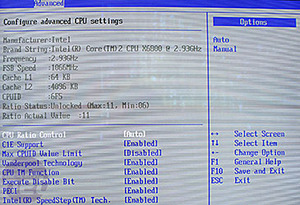
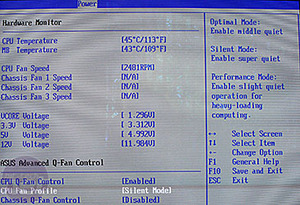
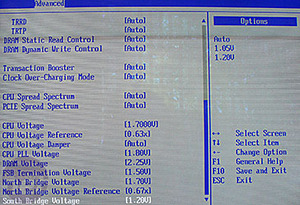
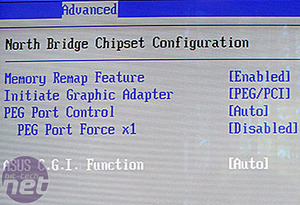
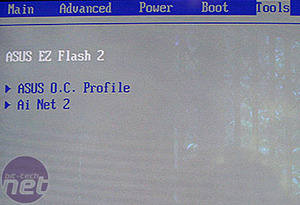
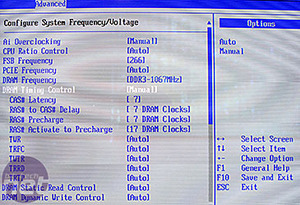
Asus gives plenty of play in the other voltages, with a relatively liberal 1.7V on the CPU, CPU PLL and FSB termination. There is also control for reference voltages for both, as well as "clock overcharging".
The advanced features are comprehensive and the BIOS allows the chipset to support additional straps now up to DDR2-1333MHz but only when using a 1333MHz FSB processor. Using a 1066MHz FSB processor only allows a maximum memory frequency of 1066MHz.
Asus includes the custom Q-fan control, Asus EZ Flash 2, Asus OC Profile, Ai Net 2, AI NOS, AI overclocking and CGI Function. The AI NOS has been updated from a previously tame 15 percent, to a ballsy 30 percent maximum overclock. It also includes an sensitivity adjustment allowing you to make it overclock only on real heavy sustained load, normal load, or make it really sensitive in case you don't have enough MHz to play back MP3s or move a mouse.

MSI MPG Velox 100R Chassis Review
October 14 2021 | 15:04









Want to comment? Please log in.